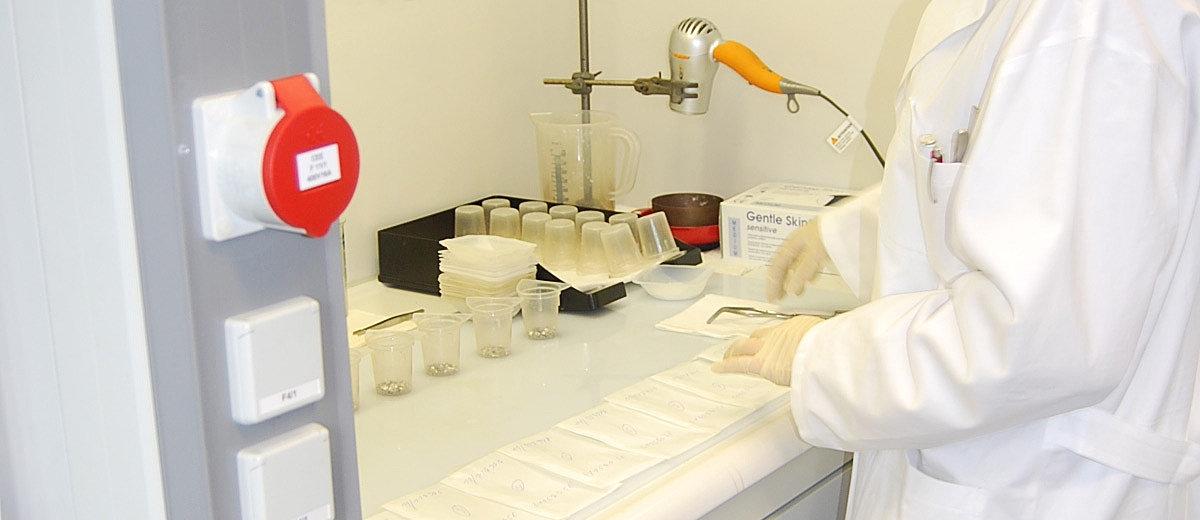
Materials analysis
Materials analysis involves using different test methods to determine the chemical and physical properties of steels, metals, alloys, titanium and titanium alloys, ceramics, polymers, and different composites.
In the following, you will find a selection of analytical procedures which we use to record chemical or physical properties:
X-Ray fluorescence analysis (XRFA)
XRFA is the method of choice for high-alloy steels and special alloys such as titanium-, cobalt- and nickel-based alloys and non-ferrous metals to ensure high accuracies during the chemical analysis. Inorganic materials (oxides, carbides, and nitrides) are reliably determined using XRFA by opening up by fusion with alkyl borates.
Carrier gas hot extraction
The smallest traces of the gases hydrogen (H), nitrogen (N) and oxygen (O) as well as the non-metals carbon (C) and sulphur (S) can be reliably determined in different materials such as steel, titanium, copper, hard metals, ceramics, and glass fibres.
Instrumental analysis (ICP OES and flame AAS)
Modern spectroscopic methods make it possible to analyze metals and non-metals in different matrices with great accuracy.
Spark optical emission spectrometry (Spark OES)
Spark OES is the ideal method for analyzing low- and high-alloy steels as well as aluminium alloys quickly and reliably. This method is suitable not only for determining metallic components and the non-metals carbon and sulphur but also for determining nitrogen.